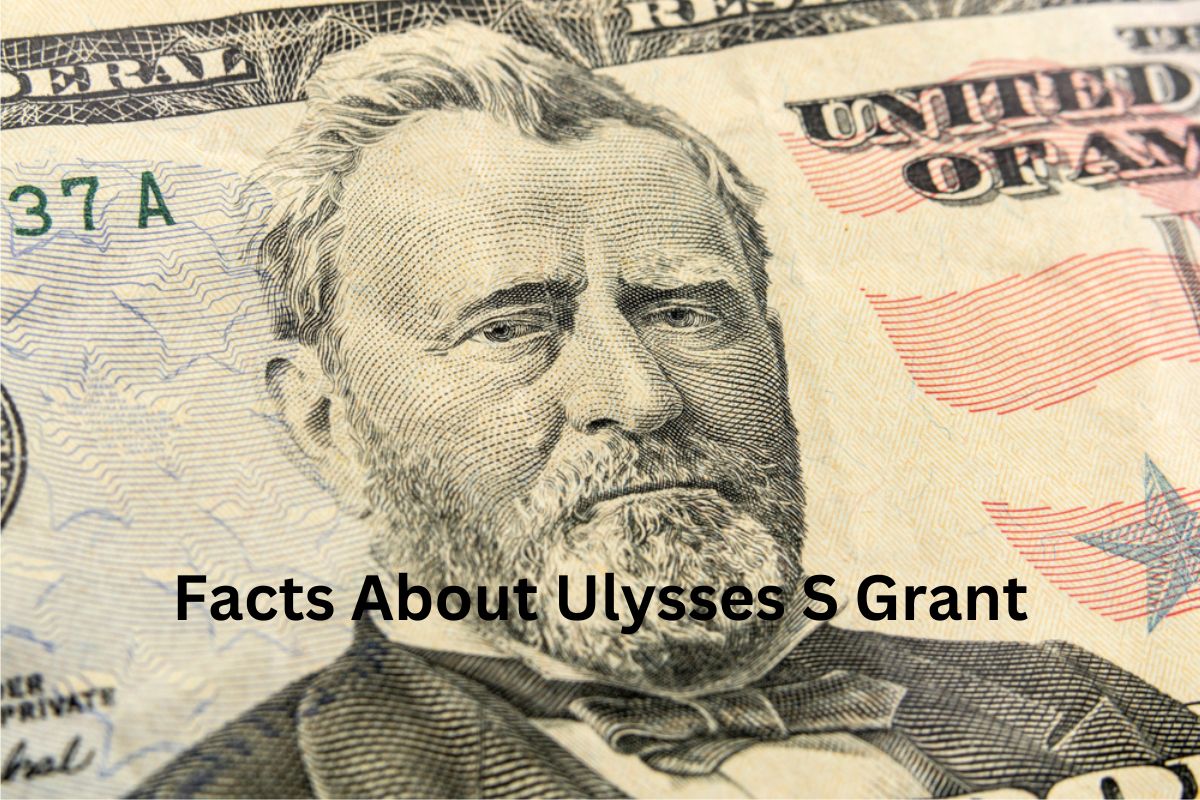Ulysses S. Grant was a prominent figure in American history, known for his military leadership during the Civil War and his presidency during the Reconstruction era.
Born on April 27, 1822, in Point Pleasant, Ohio, Grant emerged as a key Union general, leading the Union Army to victory and ultimately playing a pivotal role in the defeat of the Confederacy.
His relentless pursuit of the enemy and coordinated attacks on multiple fronts showcased his strategic brilliance. Grant’s military accomplishments propelled him to the presidency, where he focused on Reconstruction policies and civil rights for African Americans.
Despite facing challenges, including corruption scandals during his presidency, Grant left a lasting impact on the nation. He later wrote his memoirs while battling terminal cancer, solidifying his status as a respected author and providing a firsthand account of his remarkable life.
Today, Ulysses S. Grant’s legacy as a military leader, president, and advocate for civil rights continues to shape our understanding of American history.
Ulysses S Grant Facts
1. Ulysses S. Grant was born on April 27, 1822
Ulysses S. Grant was born on April 27, 1822, in Point Pleasant, Ohio. He was the eldest child of Jesse Root Grant, a tanner and farmer, and Hannah Simpson Grant. Grant grew up in a modest family and worked on his father’s farm during his youth.
2. Grant’s birth name was Hiram Ulysses Grant
Grant’s birth name was Hiram Ulysses Grant, but due to a clerical error at West Point Military Academy, he became known as Ulysses S. Grant.
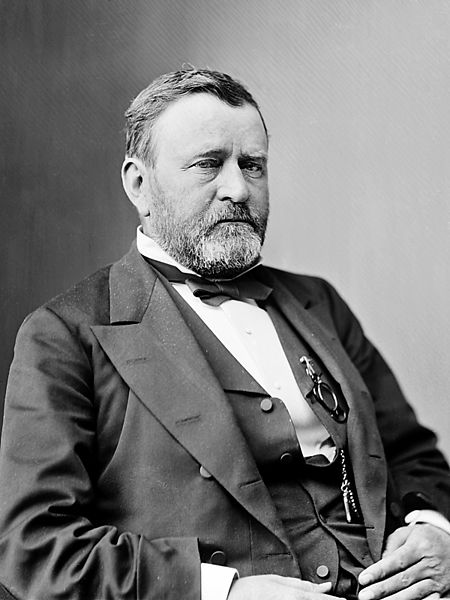
When Congressman Thomas L. Hamer nominated Grant for admission to West Point, he mistakenly wrote his name as Ulysses S. Grant instead of Hiram Ulysses Grant. Grant accepted the error and decided to keep the name throughout his life.
3. Grant graduated from the United States Military Academy at West Point in 1843
Grant graduated from the United States Military Academy at West Point in 1843, ranking 21st out of 39 cadets in his class. He initially didn’t aspire to a military career, but he attended West Point due to his father’s insistence.
Also Read: Ulysses S Grant Accomplishments
Grant’s time at the academy was unremarkable academically, but he excelled in horsemanship and showed a talent for mathematics.
4. He served in the Mexican-American War (1846-1848)
He served in the Mexican-American War (1846-1848), where he demonstrated his skills as a military leader.
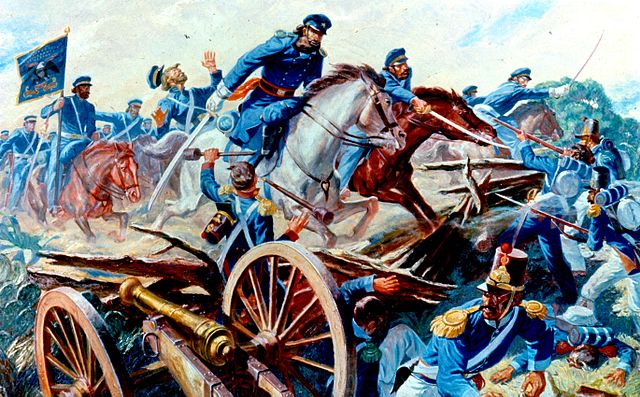
Grant was assigned to Zachary Taylor’s army and participated in several notable battles, including the Battle of Monterrey and the Battle of Buena Vista. His bravery and leadership abilities earned him the brevet rank of captain.
5. During the Civil War, Grant rose to prominence as the Union Army’s top general
During the Civil War, Grant rose to prominence as the Union Army’s top general. Initially given command of the unruly District of Southeast Missouri, Grant quickly gained recognition for his victories at the battles of Forts Henry and Donelson in Tennessee.
Also Read: Timeline of Ulysses S Grant
These victories provided a much-needed boost to Union morale and established Grant as a rising star in the Union Army. President Abraham Lincoln promoted him to major general.
6. Grant’s strategy in the Civil War involved relentless pursuit of the enemy
Grant’s strategy in the Civil War involved relentless pursuit of the enemy and coordinated attacks on multiple fronts. This approach, known as the “total war” strategy, aimed to cripple the Confederate forces by targeting their infrastructure, supply lines, and armies simultaneously.
Grant’s successful implementation of this strategy led to significant Union victories, such as the capture of Vicksburg in 1863 and the eventual defeat of the Confederate Army under General Robert E. Lee.
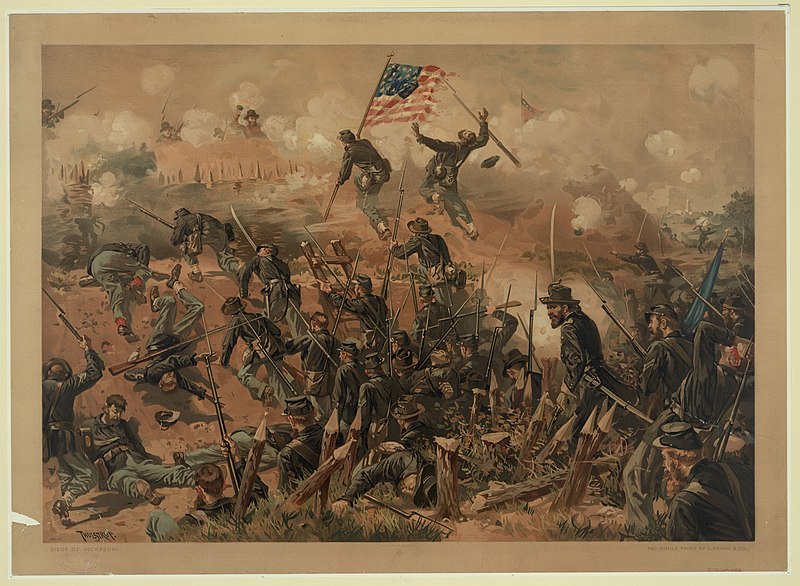
7. Grant’s most famous military campaign was the Vicksburg Campaign in 1863
Grant’s most famous military campaign was the Vicksburg Campaign in 1863. The city of Vicksburg, Mississippi, was a Confederate stronghold that controlled access to the Mississippi River.
Also Read: Timeline of the Battle of Vicksburg
Grant besieged Vicksburg for six weeks, subjecting the city to intense artillery bombardment and cutting off its supply lines. Eventually, the Confederate forces surrendered on July 4, 1863, giving the Union control of the Mississippi River and splitting the Confederacy in two.
8. In 1865, Grant accepted General Robert E. Lee’s surrender at Appomattox Court House
In 1865, Grant accepted General Robert E. Lee’s surrender at Appomattox Court House, effectively ending the Civil War.
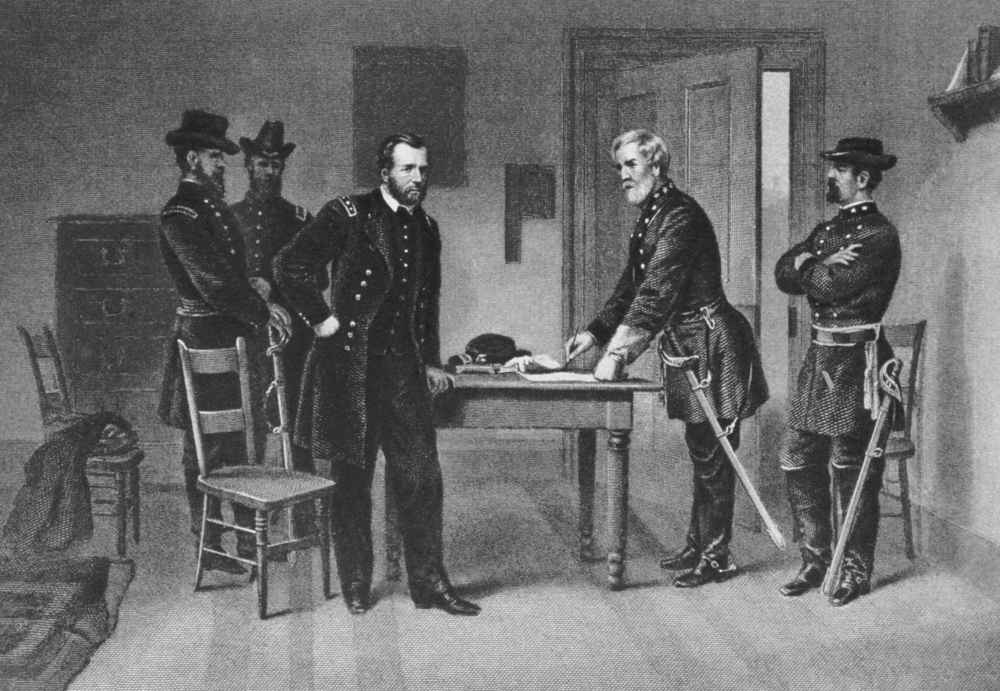
Grant showed great magnanimity in the terms of surrender, allowing Confederate soldiers to keep their horses and return to their homes peacefully.
This act of reconciliation helped facilitate the healing and reunification of the nation after the war.
9. After the Civil War, Grant served as the 18th President of the United States from 1869 to 1877
After the Civil War, Grant served as the 18th President of the United States from 1869 to 1877. He was elected as a Republican candidate and focused on Reconstruction policies and civil rights for African Americans.
Grant supported the 15th Amendment, which granted African American men the right to vote, and he used federal troops to enforce civil rights laws in the South.
10. Grant’s presidency was marked by several significant achievements, including the passage of the 15th Amendment
Grant’s presidency was marked by several significant achievements. He implemented a policy of Reconstruction in the South, aimed at reintegrating the Confederate states into the Union and protecting the civil rights of newly freed slaves.
Grant also advocated for the protection of Native American rights, appointing Native Americans to important positions and attempting to reform the reservation system to prevent exploitation.
Additionally, Grant worked to improve civil service reform and fought against corruption in government, although his administration faced several scandals that tarnished his reputation.
11. Grant implemented a policy of Reconstruction in the South
Grant was an advocate for Native American rights and sought to reform the reservation system to protect indigenous communities.
He appointed Native Americans to key positions in his administration and pursued policies aimed at ending the corrupt practices of Indian agents. Grant also supported efforts to improve education and healthcare for Native Americans and advocated for their citizenship rights.
12. Grant’s presidency was marred by corruption scandals
Grant’s presidency was marred by corruption scandals, including the Credit Mobilier scandal and the Whiskey Ring scandal, which tarnished his reputation.
The Credit Mobilier scandal involved the fraudulent manipulation of government contracts and bribery, while the Whiskey Ring scandal involved a network of distillers and government officials evading taxes on whiskey.
Although Grant himself was not directly implicated in these scandals, they occurred under his administration and led to public criticism.
13. Grant was an advocate for Native American rights
Grant wrote his memoirs, titled “Personal Memoirs of Ulysses S. Grant,” after being diagnosed with terminal throat cancer. Facing financial difficulties due to failed investments, he began writing his memoirs to provide for his family.
Despite his deteriorating health, Grant persevered and completed the memoirs just days before his death. Published by Mark Twain, the memoirs received critical acclaim and are considered one of the best examples of military literature.
14. Grant wrote his memoirs, titled “Personal Memoirs of Ulysses S. Grant,” after being diagnosed with terminal throat cancer
Ulysses S. Grant died on July 23, 1885, at the age of 63, just days after completing his memoirs. His death occurred at Mount McGregor, New York, where he had been staying to complete his writing.
News of his passing was met with widespread mourning throughout the United States. His funeral procession in New York City was one of the largest in American history, with thousands of people paying their respects.
15. Ulysses S. Grant died on July 23, 1885, at the age of 63, just days after completing his memoirs
Grant’s tomb, located in New York City, is the largest mausoleum in North America and serves as a tribute to his legacy as a military leader and president. Completed in 1897, the mausoleum is a grand structure of classical architecture, featuring two granite colonnades and a large dome.
It is the final resting place for Ulysses S. Grant and his wife, Julia Dent Grant. Grant’s tomb remains a popular tourist attraction and an important historic site honoring his contributions to the nation.
